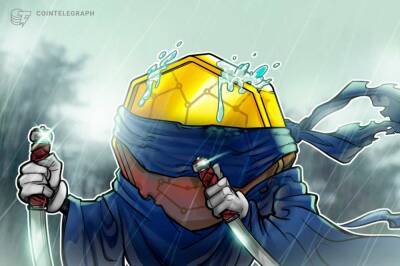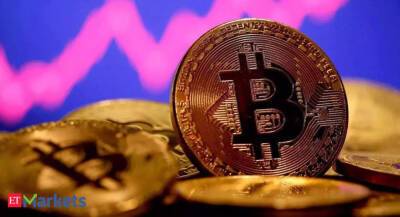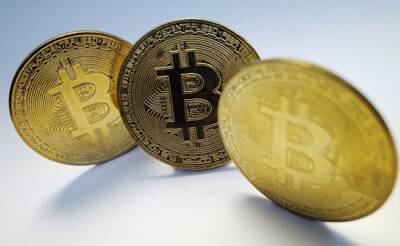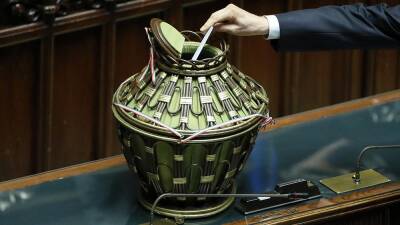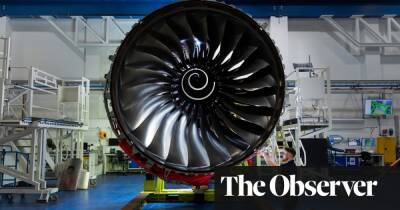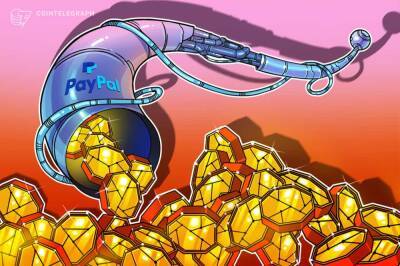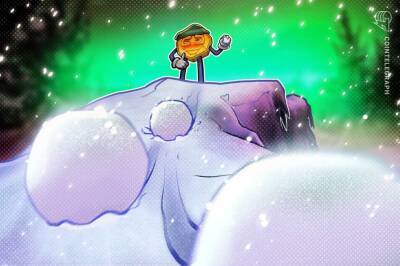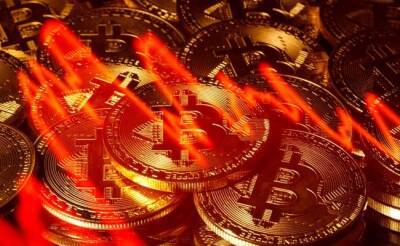The smell of money: why locals think Peru’s billion-dollar fishmeal sector stinks
Just before you reach Chimbote, a seaside city 260 miles (420km) north of the Peruvian capital Lima, you can smell it. It’s like the whiff of a fishmonger’s stall on a hot afternoon. For Peruvians, it’s synonymous with a bad pong; “smells like Chimbote” means something stinks.
Once that scent was “the smell of money”, according to another popular expression. A natural superabundance of Peruvian anchovy – known locally as anchoveta – off its Pacific coast makes Peru the world’s biggest producer of fishmeal, a condensed powder or cake made from ground dried fish.
The country exported a staggering $1.54bn (£1.13bn) in fishmeal processed into animal feed and pellets in 2019 and $420m of fish oil. A recent Guardian investigation that revealed many fish oil products on western supermarket shelves are rancid has been blamed on the fish oil industry’s vast supply chain – with fish caught in Peru, processed in China and shipped to European and American supermarkets. Chimbote has been the first link in this multimillion-dollar chain since the 1950s.
But after many decades, Chimbote residents are reevaluating their role in this industry – one they say is not only harming their health and wellbeing, but is damaging the very ocean itself.
About 20cm long when mature, the little anchovy has been a gamechanger not only for the Peruvian economy but also for the global fishmeal industry. Oily and rich in protein, it is said to be the most heavily exploited fish in the world’s history and is preferred for high-quality fishmeal and fish oil. About 4.8m tonnes of anchoveta was caught in 2020, according to Peru’s national fishery society (SNP), which represents the sector.
Most of the catch – about 98% – is processed into fishmeal: about 1m
Read more on theguardian.com


 theguardian.com
theguardian.com
